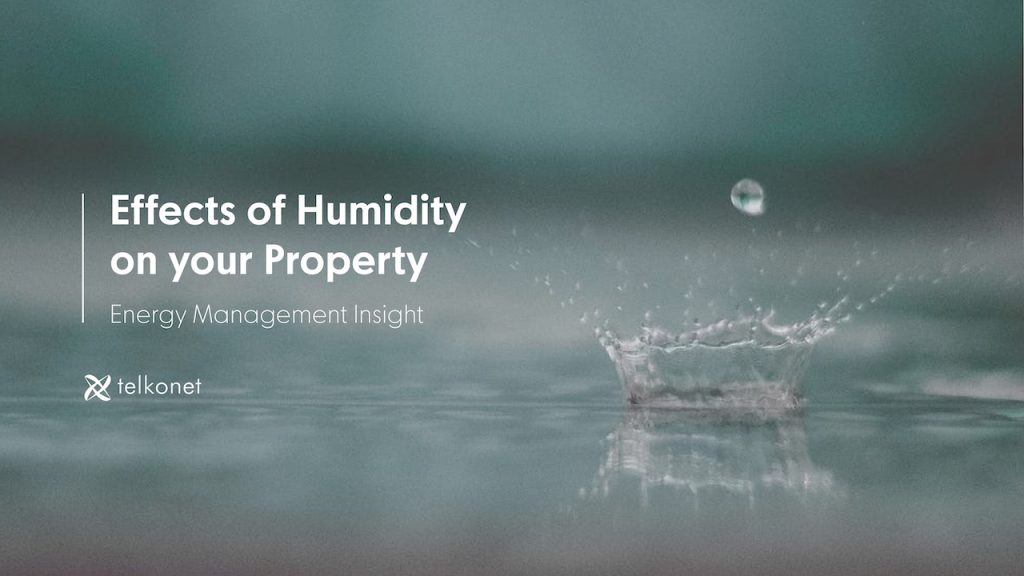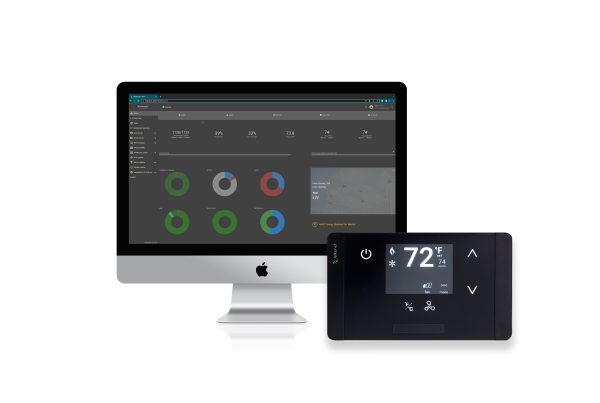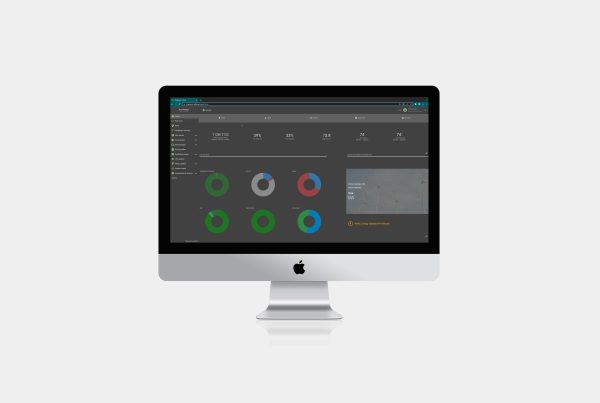 Defining a High Humidity Climate
Defining a High Humidity Climate
The amount of moisture in the air, “humidity,” continually varies. Think of a sponge as an analogy. When relative humidity is 50%, the sponge is half full of water. When relative humidity is 100%, the sponge is holding as much water as it possibly can. When relative humidity is 0%, the sponge is completely dry and free of moisture.
Climate change will significantly increase humidity.
The Problem
Humidity causes moisture to condense inside buildings, causing mildew and mold. This can be highly destructive to a building. In the hospitality industry, the unwelcome effects of mold and mildew can cost you your customers’ brand loyalty.
Solutions
Humidistats
Your HVAC units might feature humidistats (humidity sensors) that measure humidity but do not control humidity. However, the good news is that now there are smart thermostats featuring humidistats that operate using customized firmware for your climate and your unique property.
Energy Management Systems
Some Energy Management Systems (EMS) can be programmed to measure and control humidity.
When the relative humidity is above a certain threshold, smart thermostats can be programmed to allow only Cool/Low, a better way to dehumidify than a Cool/High fan.
Occupancy
It is easier to dehumidify a living space that is unoccupied than one that is occupied. Without occupants in the space, the air conditioner can run more aggressively until the humidity in the air reaches a defined level without disturbing anyone with an uncomfortably chilly space, or the noise of a continuously running HVAC.
Hospitality
In the hospitality industry, if there is a PMS interface with an EMS, unsold rooms can more aggressively drive down humidity than even unoccupied rooms. Education
Student Housing
During extended breaks (particularly in summer) some universities turn off their HVACs entirely to save energy. With an EMS, the HVAC can remain on, and it will drive down the humidity to acceptable levels and still save energy.
Conclusion
High humidity can occur across the U.S., to varying degrees. Problems associated with high humidity can prove costly to remediate. It is therefore wise to maintain indoor humidity below 55% (approximately) RH.
Maintain HVAC units and keep an eye out for leaks. Address mold issues promptly, before minor problems grow into unwieldy ones.
A powerful and effective EMS system will assist in controlling humidity, particularly when they offer these features:
● Highly calibrated occupancy sensing
● Humidity sensing AND controlling damper automation
● “Profiles” which automatically control groups of thermostats remotely, aggressively driving down the humidity in unoccupied or unrented rooms
● An energy management system contributes to healthy humidity levels and saves time, energy, and the cost of repairs caused by high humidity.
Ask your Telkonet sales representative how our products designed for humid climates can solve YOUR property’s humidity issues.


